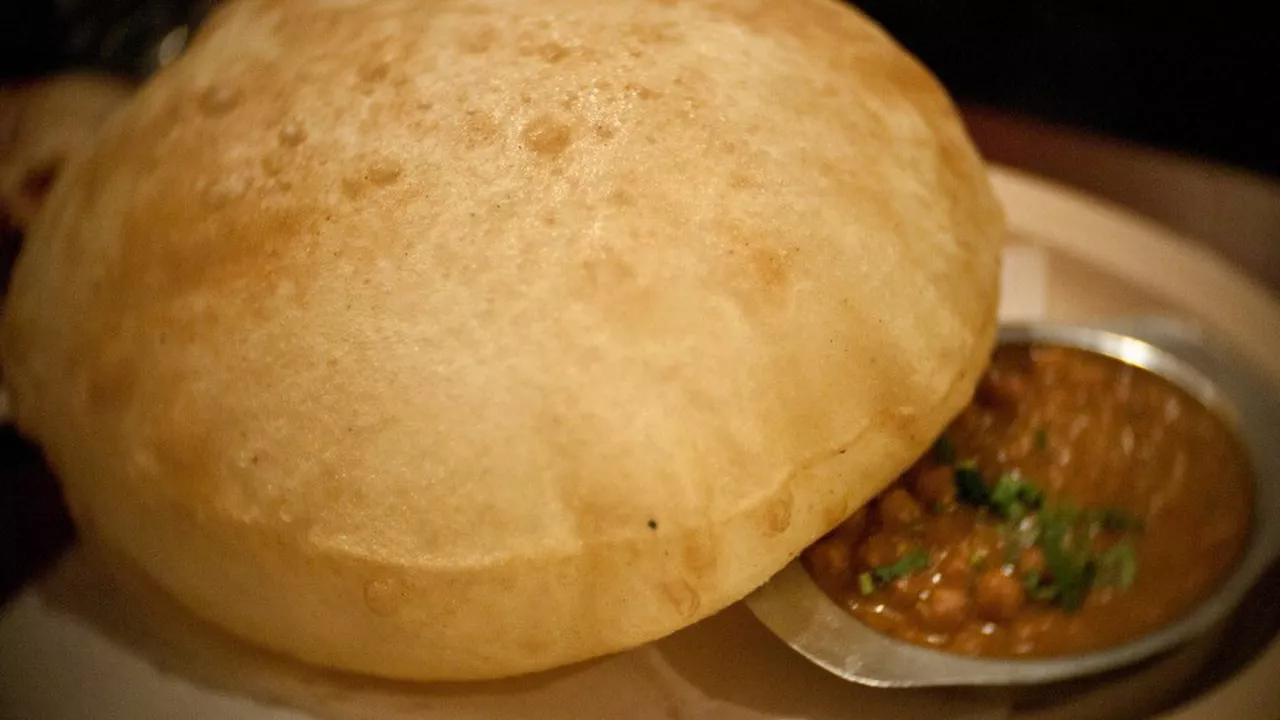Roti Preparation: Simple Steps for Perfect Homemade Roti
Want a soft, fluffy roti without fuss? Grab some flour, water, and a little patience – that’s all you need. Below you’ll find a clear, step‑by‑step method that works on any stovetop.
Getting the Right Ingredients
Start with whole‑wheat atta. It gives roti its characteristic taste and nutrition. One cup of atta usually needs about ½ cup of warm water, but the exact amount can change based on humidity.
Add a pinch of salt for flavor and, if you like, a tiny splash of oil to make the dough smoother. Some people sprinkle a bit of ghee on the cooked roti for extra richness – that’s optional.
Mixing, Rolling, and Cooking Tips
Put the flour in a bowl, stir in the salt, then pour the water slowly while mixing with your hand. The dough should feel soft, not sticky. If it sticks, sprinkle a little more flour; if it feels cracked, add a few drops of water.
Knead for about 5 minutes until the surface is smooth. Let the dough rest for at least 10 minutes; this relaxes the gluten and makes rolling easier.
Divide the dough into golf‑ball sized balls. Lightly dust a rolling board with flour, then flatten each ball into a disc about 6‑7 inches wide. Keep the edges thinner than the center – that helps the roti puff up.
Heat a heavy skillet or tawa over medium‑high heat. When it’s hot, place the roti on it. Cook for 20‑30 seconds until you see tiny bubbles forming, then flip.
After the second side shows brown spots, press gently with a cloth or a spatula. The roti should puff up within a few seconds. If it doesn’t, the heat might be too low or the dough too dry.
Once puffed, flip once more for a quick finish, then remove. Brush with a bit of ghee if you want extra softness, and serve hot.
Common mistakes? Too much flour makes the roti hard, while too little water leaves cracks. Also, avoid cooking on low heat – the roti needs that quick, high temperature to puff.
Now you have a reliable roti method you can use daily. Pair the flatbread with dal, sabzi, or any curry you love. Happy cooking!
Indian Food: Why doesn't my roti puff up?

